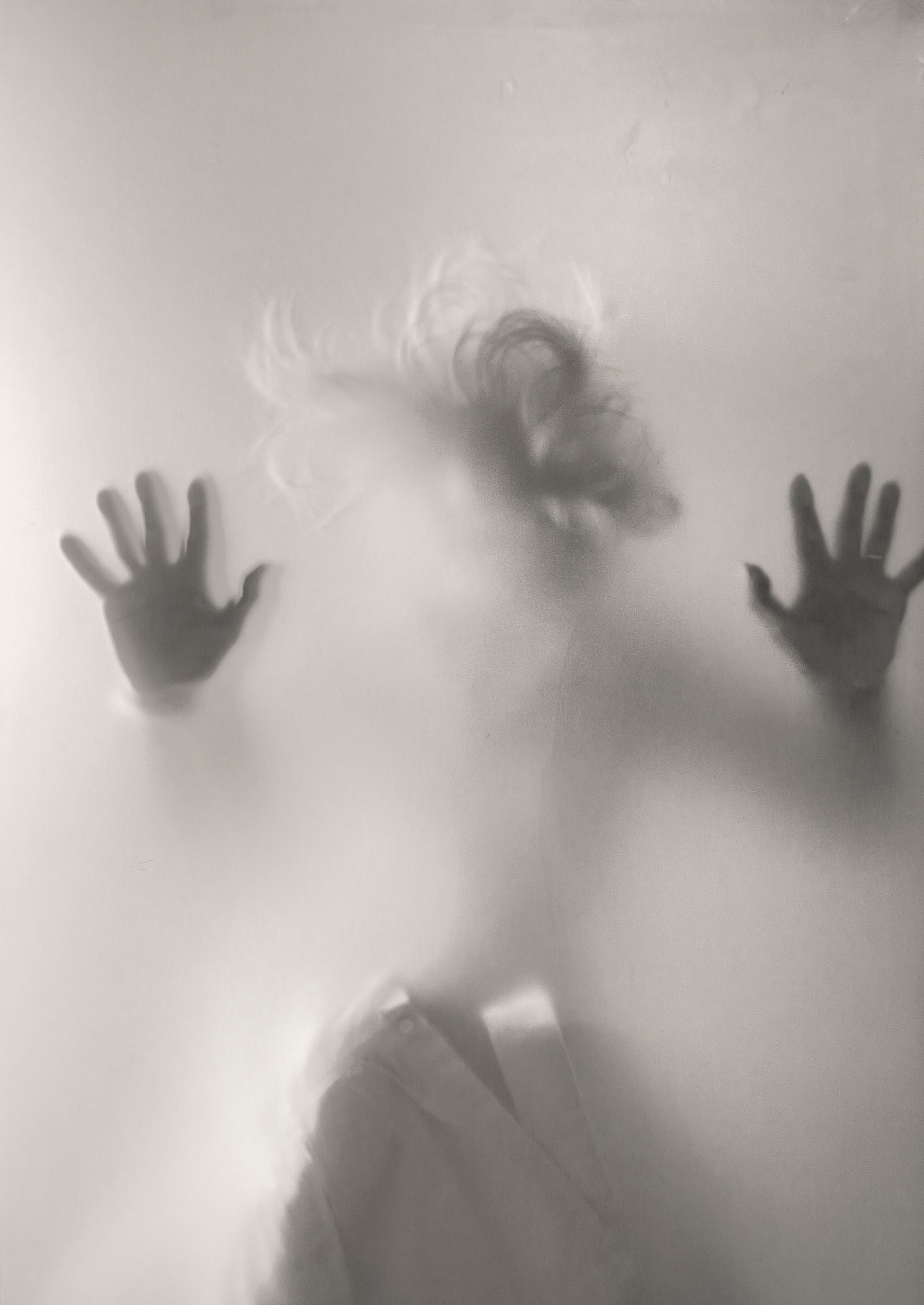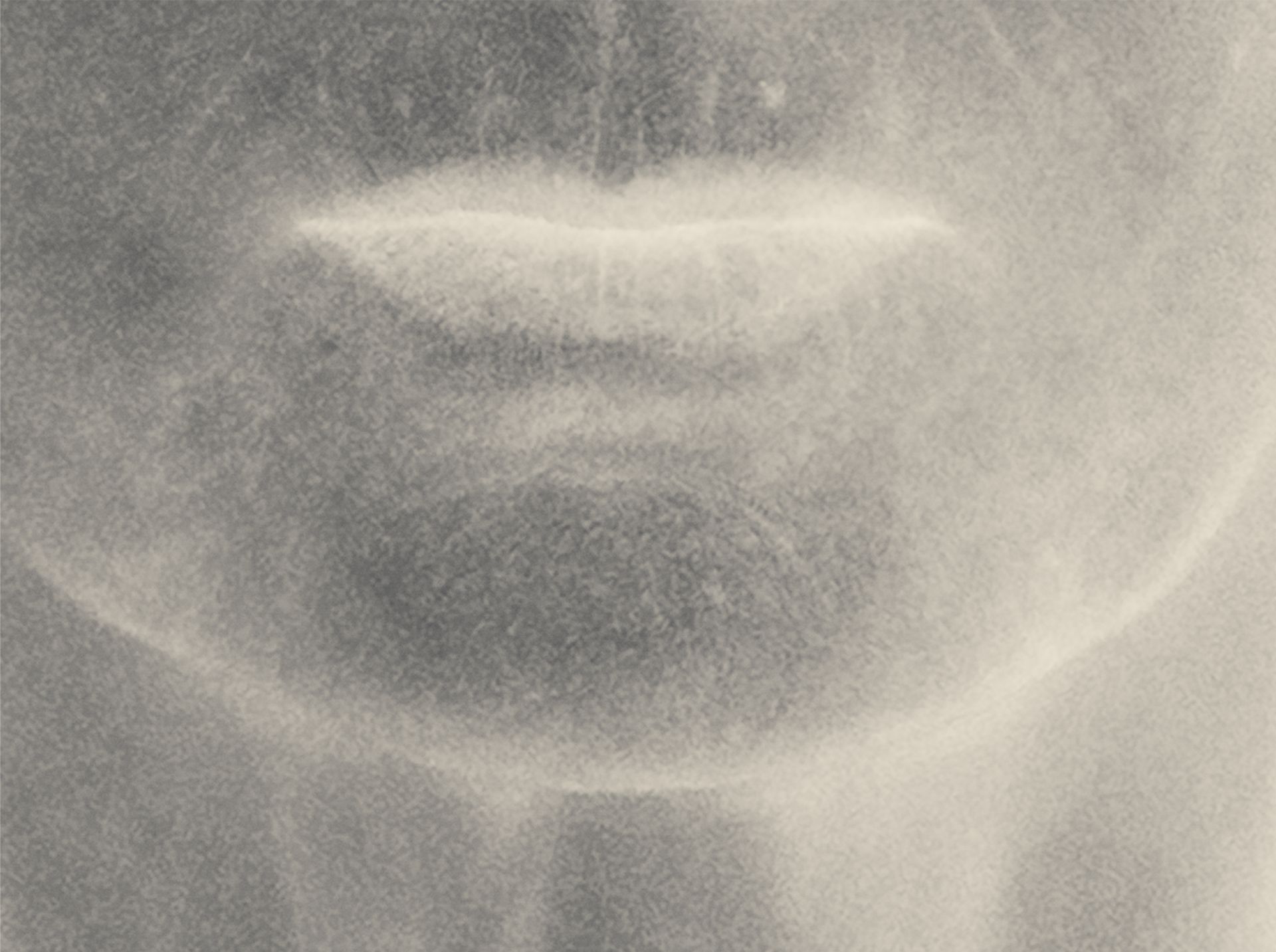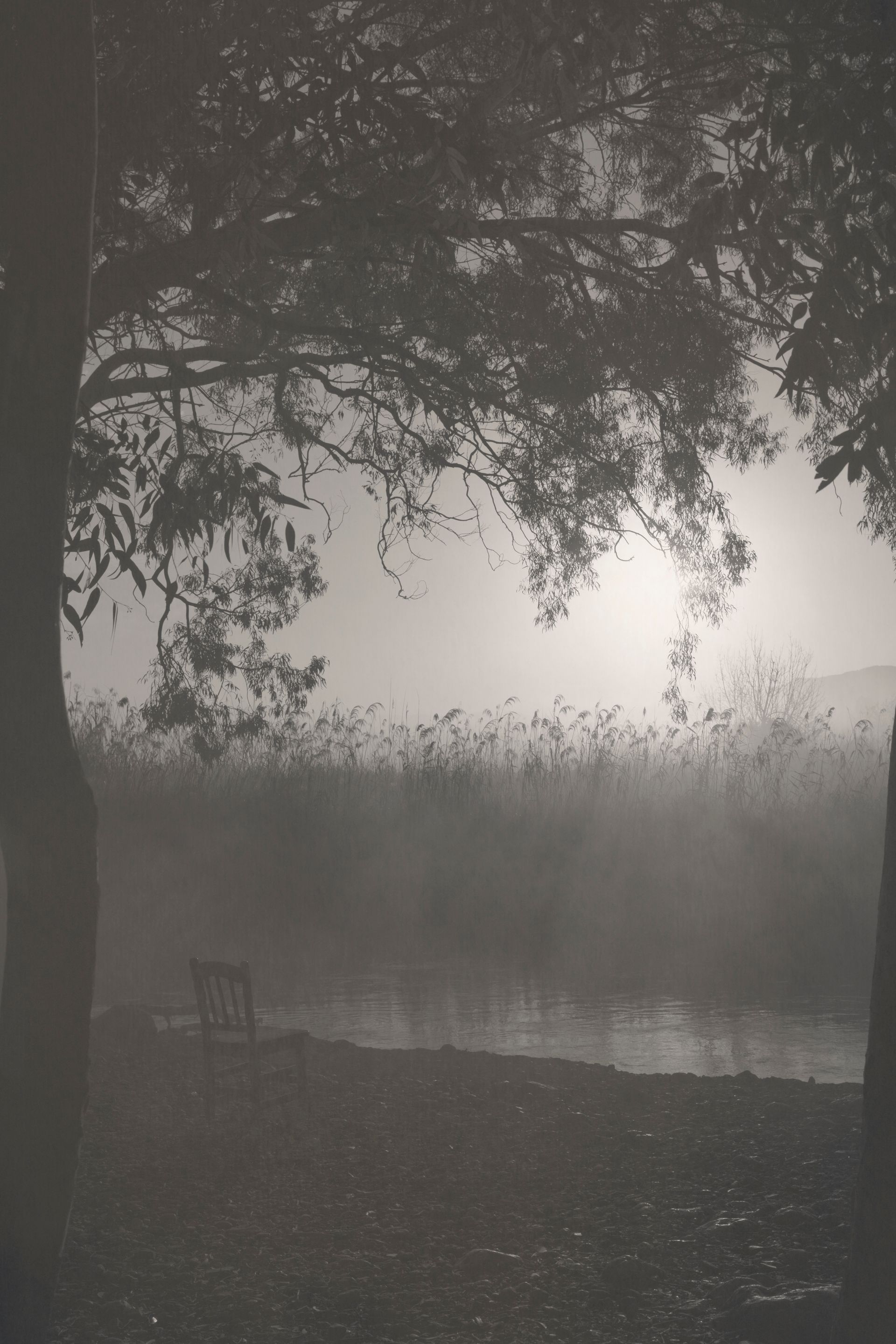Self-Portrait Journal
(dialogue with myself)
Why do I return again and again to my reflection — in the mirror, in the shadow, or in the frame?
For several months I have been photographing myself — mostly in natural light. Sometimes I print these photographs and layer objects over them, objects that randomly enter my field of vision. They become signs, messages, responses to my emotions or to events unfolding around and within me. In this way, I create a map of inner experience.
Here are reflections on the fragility and vulnerability of the body, on strength, and on what has been lived — in both the past and the present. At times, self-portraits also reveal the shadow side — the part of us we may not even recognize, or that lies hidden deep within. Yet through photography, these states can suddenly surface, appearing in moments when we least expect them.
For me, this process is an act of self-discovery. Perhaps it is a form of photo-therapy, a way of speaking without words. These are my steps toward understanding myself.
“Essence of Simplicity”
This series of self-portraits was created through the simplest and most ordinary gestures: tilting the head left, tilting it right, or simply standing still with wet hair after a shower. These everyday movements are so familiar that we often overlook them, yet within them lies a quiet, subtle beauty.
The images explore how simple physical states can reflect emotional ones: Purity conveys clarity and innocence, Harmony reveals the balance between body and mind, and Simplicity emphasizes the elegance of what is natural and unadorned. Together, they capture the hidden grace of the ordinary — a state of presence, inner calm, and quiet being.
A letter from my body to me.
Hello, Yanochka.
I am your body. I have longed to speak to you openly, and I truly want to be heard.
I remember how you would close your eyes — not because you were tired, but because you didn’t want to see certain things. You didn’t want to notice what hurt, worried, or tore you apart from within. I felt how you pretended to be calm, when in reality, it was difficult for you.
I remember how the feather touched your lips. Light and almost weightless, it enveloped you with its softness when you wanted to scream — from pain and helplessness. You learned to stay silent and not to complain. You carried so much unspoken within you all these years.
You have always been gentle and kind to people. You forgave and understood. You never asked for help, even when you needed it the most.
You were strict and demanding with yourself. I felt how you didn’t allow yourself many things, how you were ashamed of weakness, and hid your tears.
I remember all of it. And I am still here. I hold no grudges. I supported you — and I will continue to support you again and again.
Only now, please — be more attentive to me. I want you to see me. To speak through me. To hear how I breathe. I can tell you so much. I can give you so much.
I am your home.
I am you.
— Your Body
In Your Hands
This series was born unexpectedly. I was working on a project about shadow and photographing myself. But at some point, looking at the monitor, I suddenly thought: “My God, how flexible I am — like a rope.” Something clicked inside me.
I went out to the shed, found a coil of rope on a shelf — and within a couple of minutes I made a rope figure. Almost immediately, I photographed it in the very same poses as myself. When I placed the images side by side, it became clear: this was no coincidence.
My body and the rope were intertwined into one story. Not long ago, I had an experience where it felt as if others were “twisting ropes” out of me. And although I was shooting a project about shadow, in that moment my memory brought it all back and transformed it into a new series — diptychs where I stand next to the rope double I had created.
Diptychs
In these works — there is me, and there is the rope figure. It reflects both my experience and my vulnerability. But at the same time — my strength: because it was me who twisted the rope with my own hands, me who gave it shape.
It was a moment of reclaiming control, a turning point: from the very material that once symbolized manipulation, I created an image of my own.
The Box
As a continuation, I created a “box”: 13 pairs of cards.
– On one side — my photographs.
– On the other — the rope figure in the same poses.
– With each pair goes a text: a question from the body (a sensation, doubt, or pain) and an answer that identifies the manipulation and offers guidance based on psychological research.
This is both a reminder of what I went through and a way to reframe the experience.
The rope, which once symbolized control from the outside, has now become a symbol of strength and inner freedom.
Return to myself.
This series is a reflection on a journey I began ten years ago, when I faced a cancer diagnosis. Through these triptychs, I explore the emotions and moments of that time — fear, struggle, healing, and the gradual return to myself. With the support of my loved ones and the quiet presence of nature, I found balance and a renewed sense of life. These works are about embracing each day, cherishing inner strength, and remembering the importance of living fully in the present.
Imprints of the Past
In this series I worked with the theme of traces.
I left imprints of my body — on a towel, on a bedsheet, on the grass.
These marks are barely visible, transparent, like breath.
Yet for me they became signs of presence: my here and now, which in the very next moment already turns into the past.
We cannot hold on to life.
We cannot stop time, just as it is impossible to hold sand in our hands.
Everything slips away, everything vanishes, everything flows.
Each moment that seems ordinary — sleep, a touch, a gesture — is already part of the past.
When I photographed the imprints on the bed, I thought for the first time: how many times have I lain down to sleep in my 56 years? How many thousands of nights have passed, how many mornings have greeted me? I had never considered this before. Yet as I looked at the fresh crease on the sheet, at the faint warmth it held, I suddenly felt that this too was the story of my life, my imprint in time.
Photography, in this series, became a way for me to pause and see what usually passes unnoticed. It allowed me to capture what cannot be held — a trace that would disappear in a minute, but had truly existed. In these signs there is memory and testimony: I was here.
Perhaps the only other moment in life when we think about our traces is when we walk along the shore. We watch the waves wash away the footprints behind us, and we realize that everything disappears before our eyes. And yet — what a wonder that photography can hold onto this fleeting sign, turn it into an image, into memory, into an imprint of the past.
The Shape of the Invisible
This series was born from the desire to make the invisible visible.
Through 40 photographs I tried to capture the fleeting movement of the wind — each breath of air becoming a moment fixed in time.
The vase, the curtain, the shifting light — together they create a visual trace of something that usually leaves no mark.
For me, the wind became an image of time: intangible, unstoppable, always passing through us.
These photographs are about transience, mortality, and memory — about the impossibility of holding on, and yet the human impulse to preserve what slips away.

Photography as a Mirror of the Inner Self.
Over the past month, life unfolded in contrasts — moments of joy and sighs of unease. In times of inner tension, photography transforms into more than a tool: it becomes a mirror, reflecting my inner landscape — sensations in the present, even those I have not fully recognized. The camera begins to see what my conscious mind has not yet perceived.
Having lived in remission for ten years, I follow a routine of annual medical examinations. This time, a biopsy was required — bringing waiting, anxiety, and a silent prayer for a favorable outcome. Those days felt like time within time: suspended between past and future, filled by emotions too complex for simple expression.
In that unsettled state, I turned to my camera — and captured images I had never anticipated. The photographs emerged unusual, charged, as though pleading for attention and care. One frame shows a figure caught between surfaces — between light and shadow, between life and something intangible. Another reveals a space bisected by a metallic line, as if marking the boundary between hope and fear.
Then more frames came: hands holding a glass vessel, soft reflections, muted tones, water, light, sky. These images continued an inner dialogue — of breathing, waiting, and that moment when pain slowly becomes silence.
With each successive photograph, light began to emerge — hesitant at first, then more assured. Simple elements: sunlight dancing on water, fabric catching a beam, a cat lying beneath a tree, birds rising from a dark forest. Each seems to whisper: life persists, here and now — in every breath, every moment.
Finally — silence and music. A face leans into an instrument: gratitude, reconciliation.




















